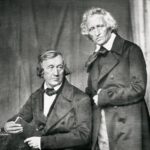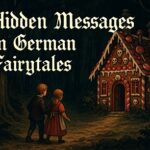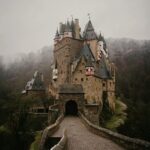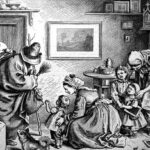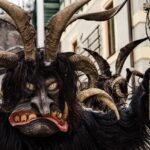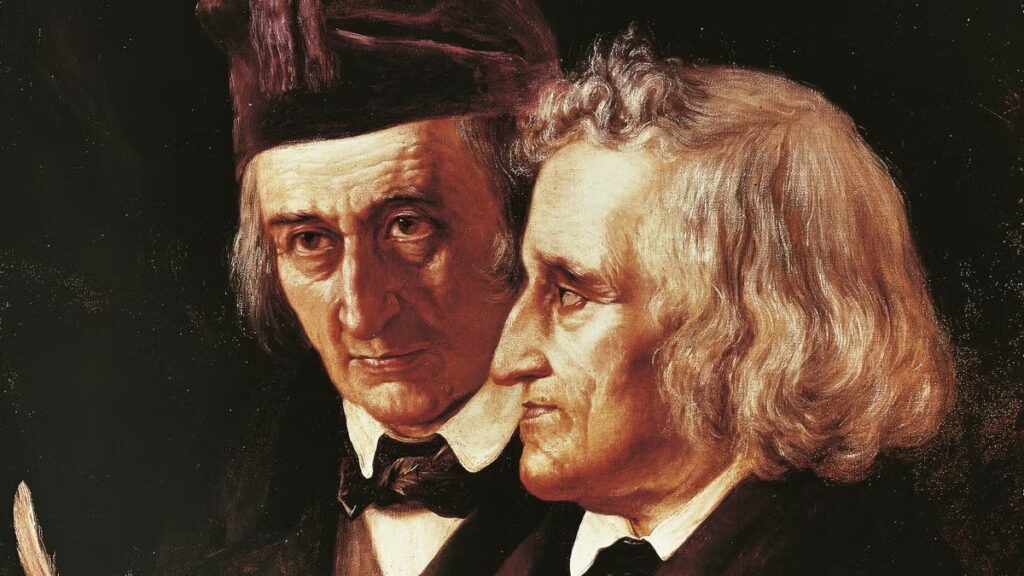
German fairy tales have enchanted readers for centuries, captivating children and adults alike with their dark yet magical narratives. While fairy tales exist in cultures around the world, German folklore, particularly the collected stories of the Brothers Grimm, has had an outsized influence on global storytelling. But where did these stories originate? How have they evolved, and why do they continue to be so popular? This article explores the origins of German fairy tales, their cultural significance, and how the Grimm Brothers transformed oral folk traditions into literary masterpieces.
The Deep Roots of German Fairy Tales
Fairy tales are as old as storytelling itself, dating back thousands of years. Germany’s rich folklore tradition developed from a mix of pagan myths, medieval fables, and oral storytelling passed down through generations. These early stories were not just for entertainment but also served as moral lessons, cautionary tales, and cultural myths explaining the world.
Some of the earliest records of Germanic fairy tales date back to the Middle Ages when folk stories were shared by traveling storytellers. These narratives often included:
- Witches and magical creatures, reflecting the pagan past of Germanic tribes.
- Morality lessons emphasizing virtues like honesty, bravery, and kindness.
- Dark themes involving curses, transformations, and supernatural punishments.
- Heroes and heroines overcoming obstacles, a recurring theme in European folklore.
By the 18th century, German writers and scholars became increasingly interested in preserving folk traditions. This was the intellectual climate in which Jacob and Wilhelm Grimm emerged as the world’s most famous fairy tale collectors.
The Grimm Brothers: From Scholars to Storytellers
The Brothers Grimm, Jacob (1785–1863) and Wilhelm (1786–1859), were German linguists and cultural researchers who set out to preserve Germany’s oral storytelling traditions. Initially, their goal was not to entertain children but to compile authentic folk tales as part of their study of the German language and folklore.
In 1812, they published their first volume of “Children’s and Household Tales” (Kinder- und Hausmärchen), which included now-famous fairy tales such as:
- Snow White (Schneewittchen)
- Cinderella (Aschenputtel)
- Hansel and Gretel (Hänsel und Gretel)
- Little Red Riding Hood (Rotkäppchen)
- Rumpelstiltskin (Rumpelstilzchen)
Their early versions were not the light-hearted, sanitized versions we see in Disney adaptations today. Instead, these tales were often violent, dark, and morally complex, reflecting the harsh realities of life in medieval Europe.
Despite this, the Grimm Brothers’ fairy tales gained immense popularity, leading them to release multiple editions, gradually softening some of the darker aspects to appeal to broader audiences.
Why Were German Fairy Tales So Dark?
Many people are surprised by how grim the Brothers Grimm stories are. This is because these fairy tales were not originally intended for children. They reflected life’s harsh realities, teaching survival skills and moral lessons through exaggerated, often frightening narratives. Some key reasons for their darker nature include:
- Warnings Against Danger: Tales like Hansel and Gretel warned children about strangers and survival in the wild.
- Justice and Retribution: Wicked characters, such as the evil stepmother in Cinderella, often met gruesome fates.
- Cultural and Religious Values: Many stories emphasized virtues like obedience, diligence, and piety.
- Survival Lessons: Characters in fairy tales often face poverty, hunger, and peril, reflecting the struggles of everyday life in medieval Germany.
While modern adaptations have softened these themes, the original stories retain their depth and cultural significance.
The Global Influence of German Fairy Tales
The Brothers Grimm didn’t invent these fairy tales, but they preserved and popularized them, ensuring they would endure for generations. Today, their influence can be seen in:
- Disney Films: Classic movies like Snow White and the Seven Dwarfs (1937), Cinderella (1950), and Sleeping Beauty (1959) are all based on Grimm fairy tales.
- Literature and Theater: Countless books, plays, and modern retellings draw inspiration from Grimm’s stories.
- German Tourism: Destinations such as the Brothers Grimm Route (Deutsche Märchenstraße) in Germany attract thousands of fairy tale lovers each year.
- Psychological and Literary Studies: Scholars like Bruno Bettelheim have analyzed fairy tales as reflections of human psychology and moral development.
The Lasting Magic of German Fairy Tales
Despite centuries of change, German fairy tales remain as captivating as ever. Whether in their original form or in modern retellings, these stories continue to shape the way we think about good vs. evil, perseverance, and the power of storytelling.
The Brothers Grimm’s work ensures that German folklore lives on, offering new generations a glimpse into a world filled with enchanted forests, brave heroes, and magical creatures.
If you want to explore more about Germany’s folklore, history, and traditions, check out our other articles on:
German fairy tales, particularly those collected by the Brothers Grimm, have left an indelible mark on world literature. Rooted in centuries-old oral traditions, these stories provide moral lessons, warnings, and timeless enchantment. Whether you prefer the original dark tales or their modern adaptations, there’s no denying their lasting impact on global storytelling.
Want to dive deeper into Germany’s folklore and cultural heritage? Explore more articles on GermanCulture.com.ua!
Related articles:
Hidden Messages in German Fairytales
The Most Haunted Places in Germany: Castles, Ghosts, and Legends
How the Black Forest Shaped German Mythology and Culture
The German Witch Hunts: A Dark Chapter in European History
Why Do Germans Love Garden Gnomes? – Discover the cultural roots of Germany’s love for garden gnomes, from folklore to kitsch to national pride.
